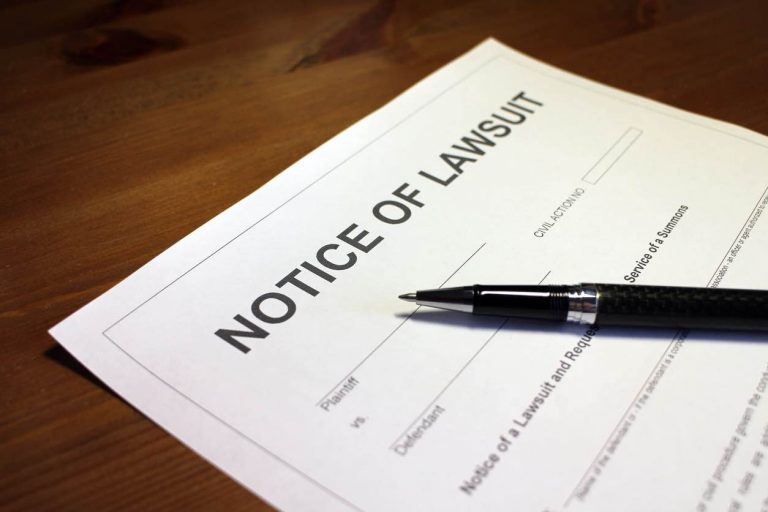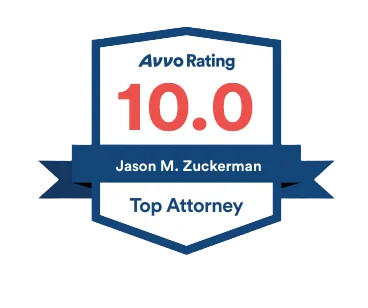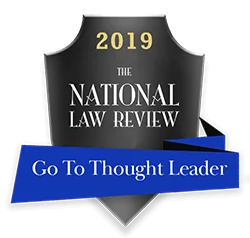Courts recognize that many employers operate under a complex legal structure and therefore it can be difficult to name the precise legal entity that employed the plaintiff in an administrative complaint filed with OSHA. In assessing whether a whistleblower retaliation plaintiff exhausted administrative remedies, the dispositive inquiry is whether the complaint “afford[s] OSHA the opportunity to resolve the allegations administratively,” not whether the defendant had notice of the claims. Willis v. VIE Fin. Grp., Inc., No. 04-435, 2004 WL 1774575, 2004, U.S. Dist. LEXIS 15753 (E.D. Pa. Aug. 6, 2004). In other words, did OSHA have notice that the administrative complaint required it to investigate allegations against a particular defendant? If naming the employer using its trade name gives OSHA such notice, then there will likely not be a failure to exhaust where the plaintiff did not name the correct legal entity under which the employer operates. For example, the employer’s filing of a position statement with OSHA would indicate that the employer and OSHA were on notice of the claim.
As a Wisconsin district court held in Opela v. Wausau Window and Wall, 2017 WL 3836058, a CPSC whistleblower retaliation case,
A plaintiff’s naming error in the summons and complaint does not bar a district court from exercising personal jurisdiction over the correct defendant. E.g., Tremps v. Ascot Oils, Inc., 561 F.2d 41, 44 (7th Cir. 1977) (“A defendant who is clearly identified by a summons and complaint and who has been served with those documents may not avoid the jurisdiction of the district court merely because he is incorrectly named in them.”). The Tr emps court looked to whether there was any doubt as to who the plaintiff had intended to sue and considered such factors as the ease with which the correct defendant could be identified and the burden imposed on the defendant to clear up any ambiguity as to its identity. Id.
Courts have been particularly willing to excuse a failure to name the correct legal entity in situations involving a business unit or d/b/a. See, e.g., Triangle Distributing, Inc. v. Shafer, Inc., No. 90-4042, 1991 WL 164333, 1991 U.S. App. LEXIS 20042 (6th Cir. Aug. 23, 1991) (unpublished decision); Fakhri D.B.A. Int’l Trading Co. v. United States, 507 F.Supp.2d 1305 (Ct. Int’l Trade 2007); Brackens v. USA Credit, 233 F.R.D. 613, 614 (D. Kan. 2005).11 In these so-called “misnomer” cases, courts typically look to whether “it was clear both that the defendant facing judgment was the party the plaintiff did in fact intend to sue, and that the defendant was actually aware of the complaint against it.” Hawthorne, 219 F.R.D. at 50.









